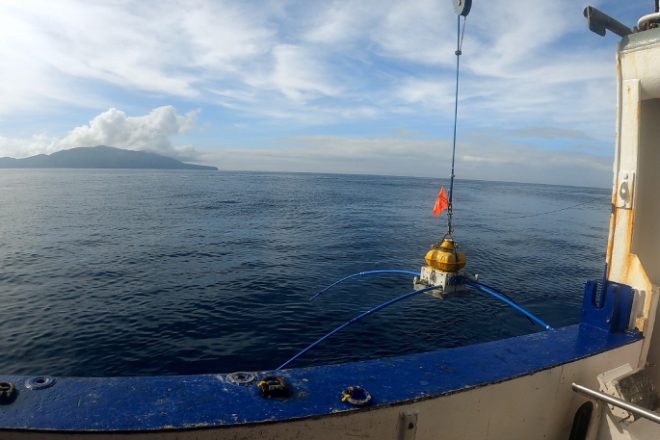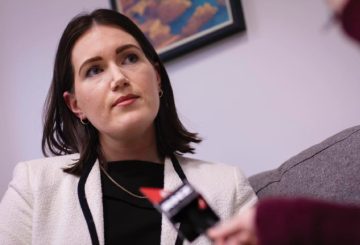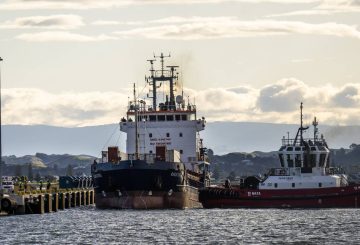The research vessel Tangaroa has embarked on its final journey to study the volcanic systems of Whakaari/White and Tūhua/Mayor island volcanoes. This is part of the Beneath the Waves programme led by GNS Science. The aim is to gain a deeper understanding of the triggers, hazards, and impacts of potential volcanic events such as ashfall, pyroclastic flows, landslides, and tsunamis.
Scientists from GNS Science, Scripps Institute of Oceanography, and two BLAKE GNS Ambassadors will install the remaining 39 of 200 Ocean Bottom Electromagnetic sensors from March 28 to April 12. These sensors will provide images of the magmatic systems feeding the volcanoes and identify areas of active hydrothermal venting.
Previous voyages have already provided new information about the frequency, size, and causes of past eruptions, according to Craig Miller, GNS Science Senior Volcano geophysicist and programme leader. Early analysis shows evidence of deep fluids, possibly magma, to the northwest of Whakaari. If true, this could affect how the volcano is monitored in the future. Seismic activity in this area could indicate increased volcanic activity.
Preliminary results from seabed sediment samples suggest larger eruptions in the last few thousand years compared to eruptions recorded since the 1800s. The team now wants to investigate whether these eruptions were large enough to deliver ash to the mainland.
Data from previous underwater surveys have identified locations of previous hydrothermal activity and active underwater seeps of hydrothermal fluids. These findings, along with airborne surveys conducted in early 2023 using the SkyTEM system, help map past and present hydrothermal activity over the entire volcano. This information is used to create accurate 3-D models that show areas of weakened rock and where past landslides have occurred. This is crucial as landslides could trigger an eruption or cause a tsunami.
“The subsurface imaging is contributing to robust numerical simulations and models that we are starting to use to assess multiple possible scenarios for the Bay of Plenty from future volcanic events,” says Craig. “If we can determine the probability and impacts of these volcanic hazards, we can better prepare for them when they occur.”
The Beneath the Waves programme is a GNS-led initiative delivered with collaborators from various universities and emergency management organizations.





























































